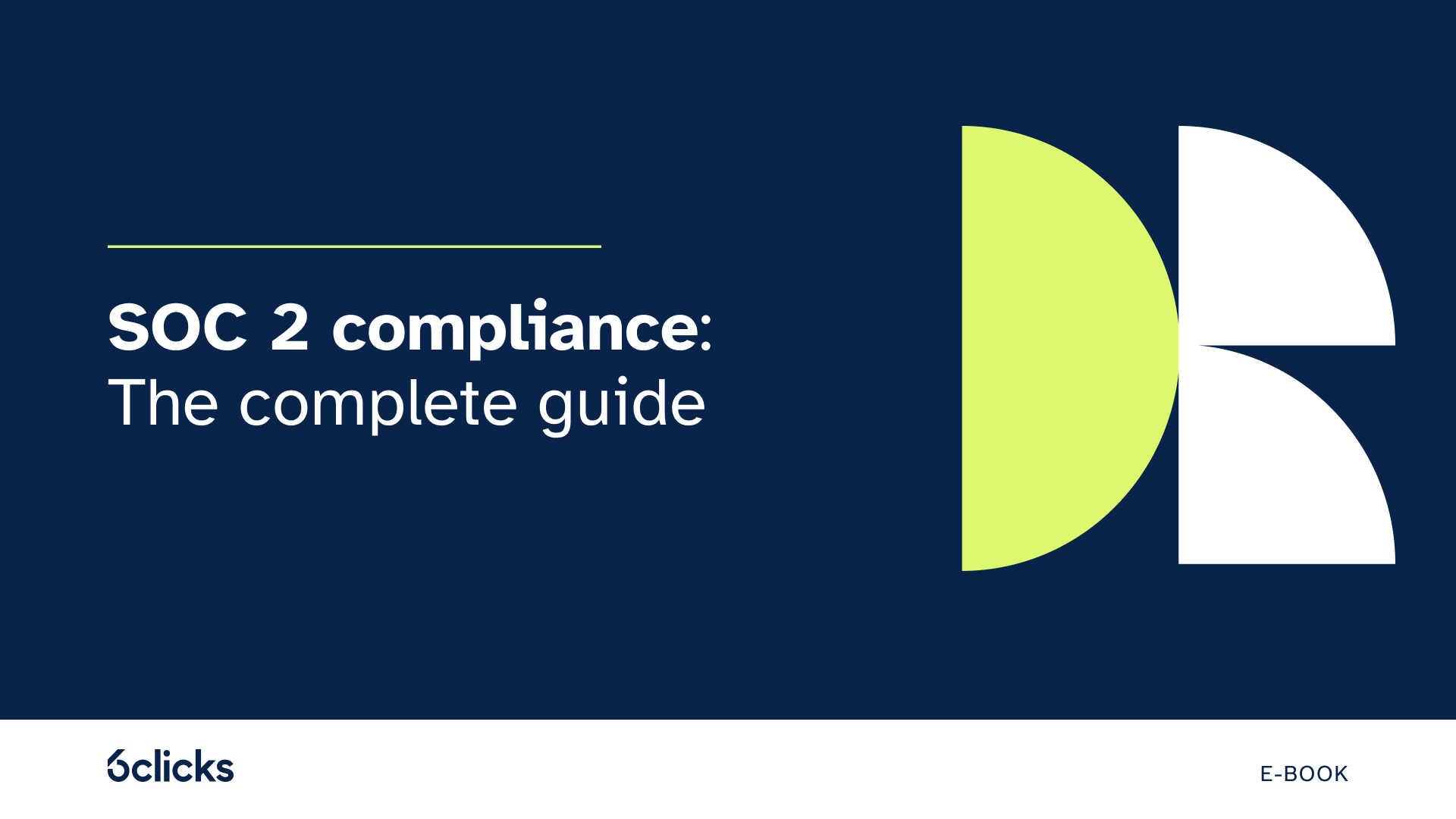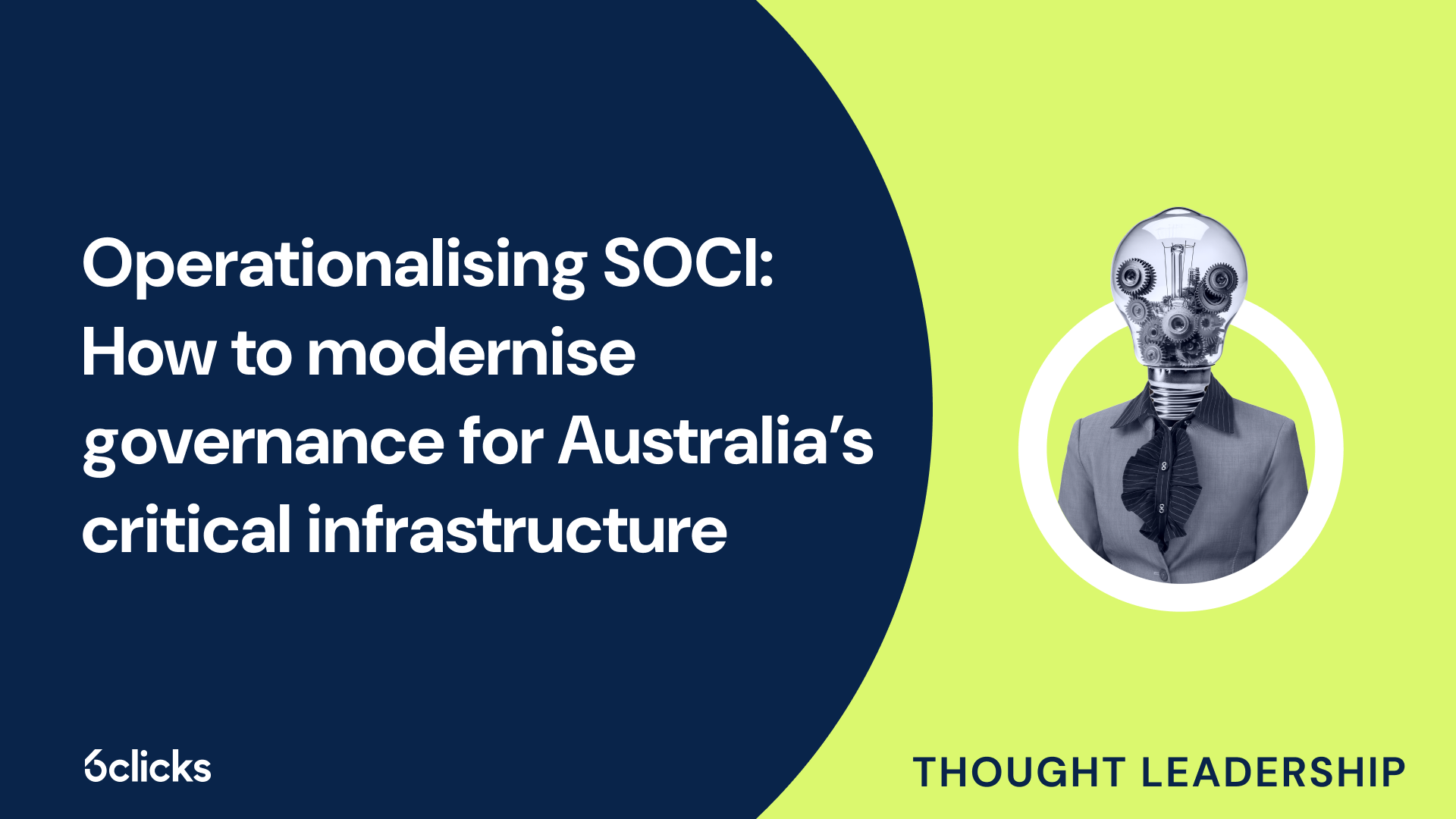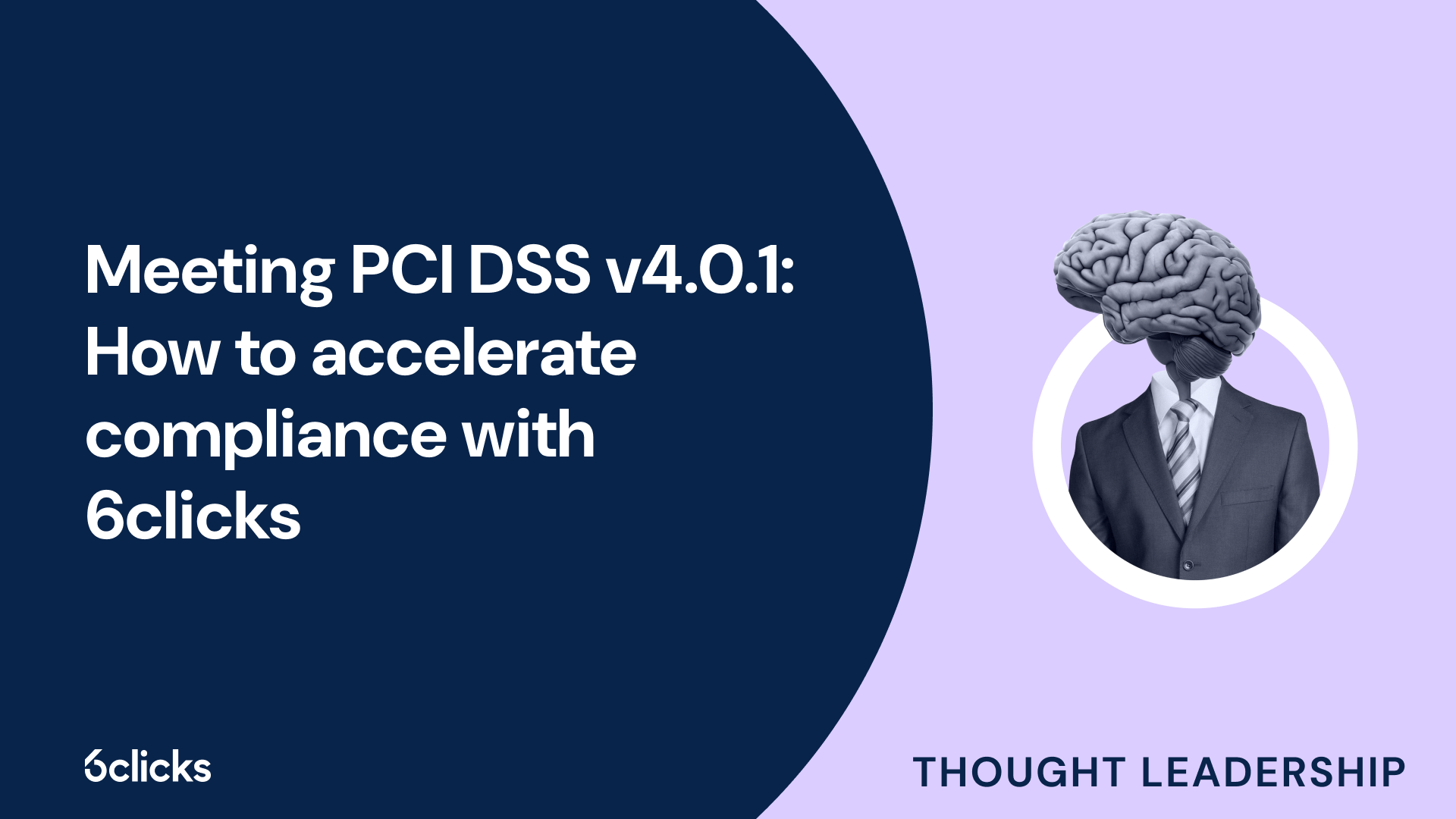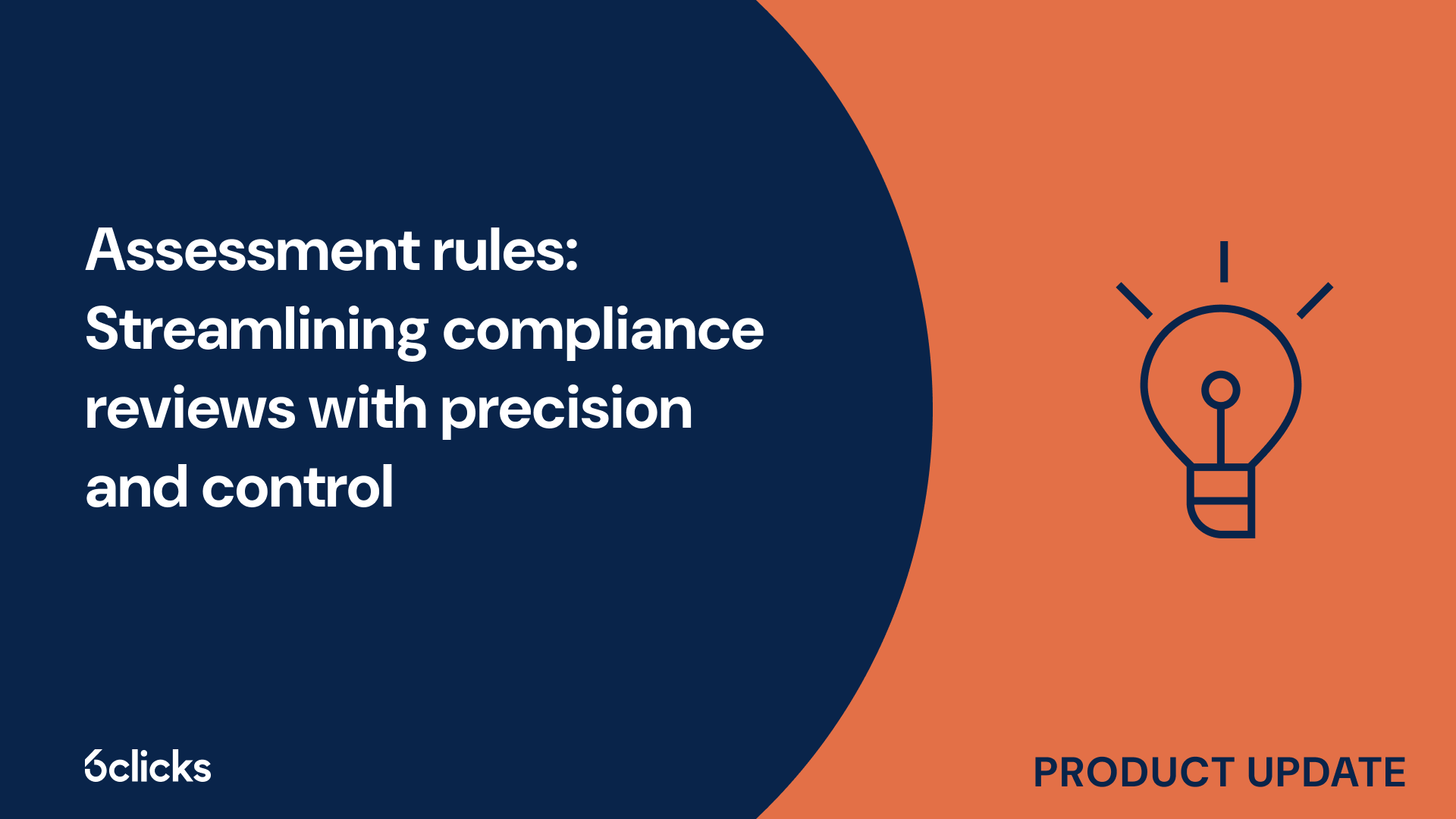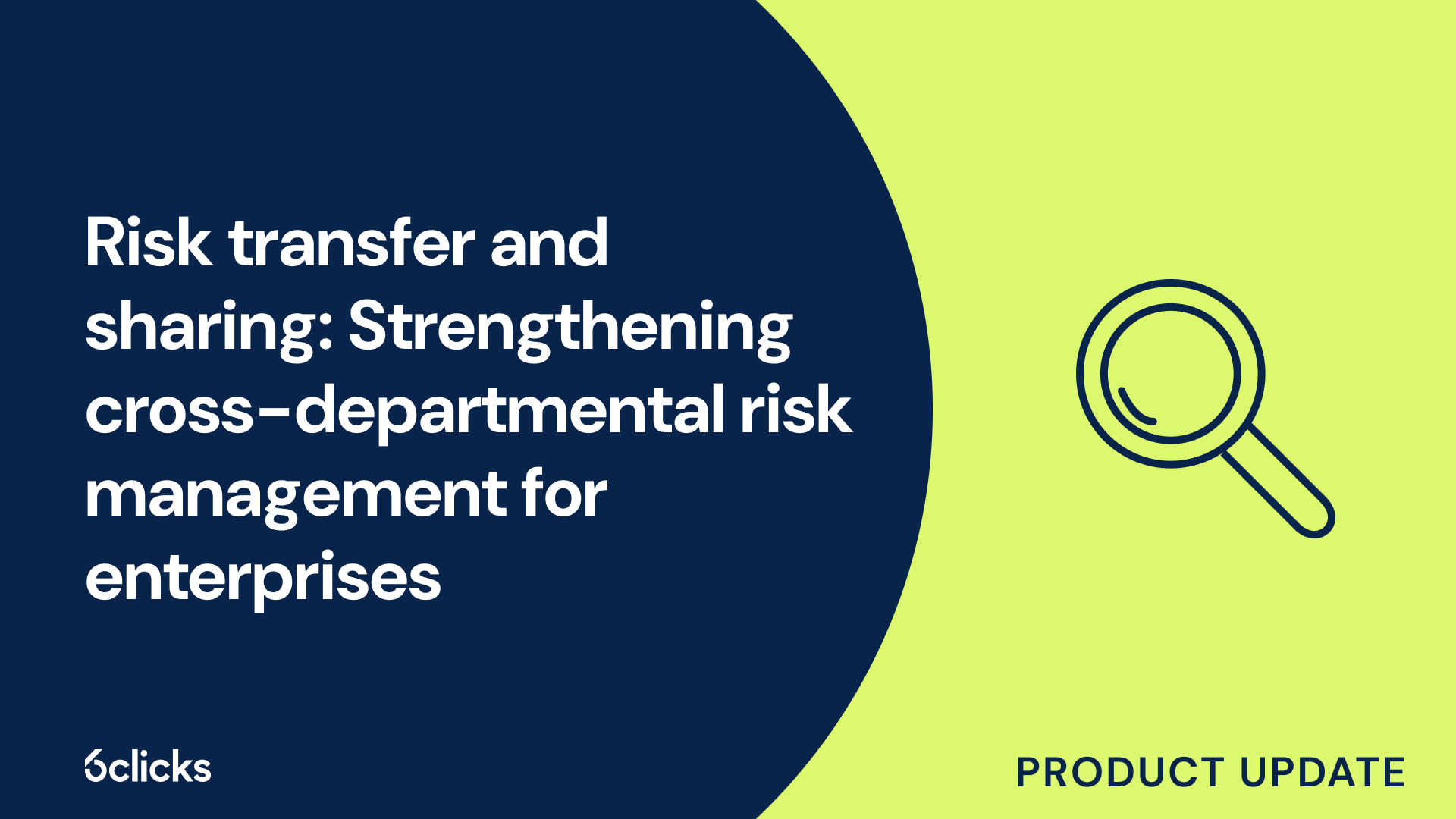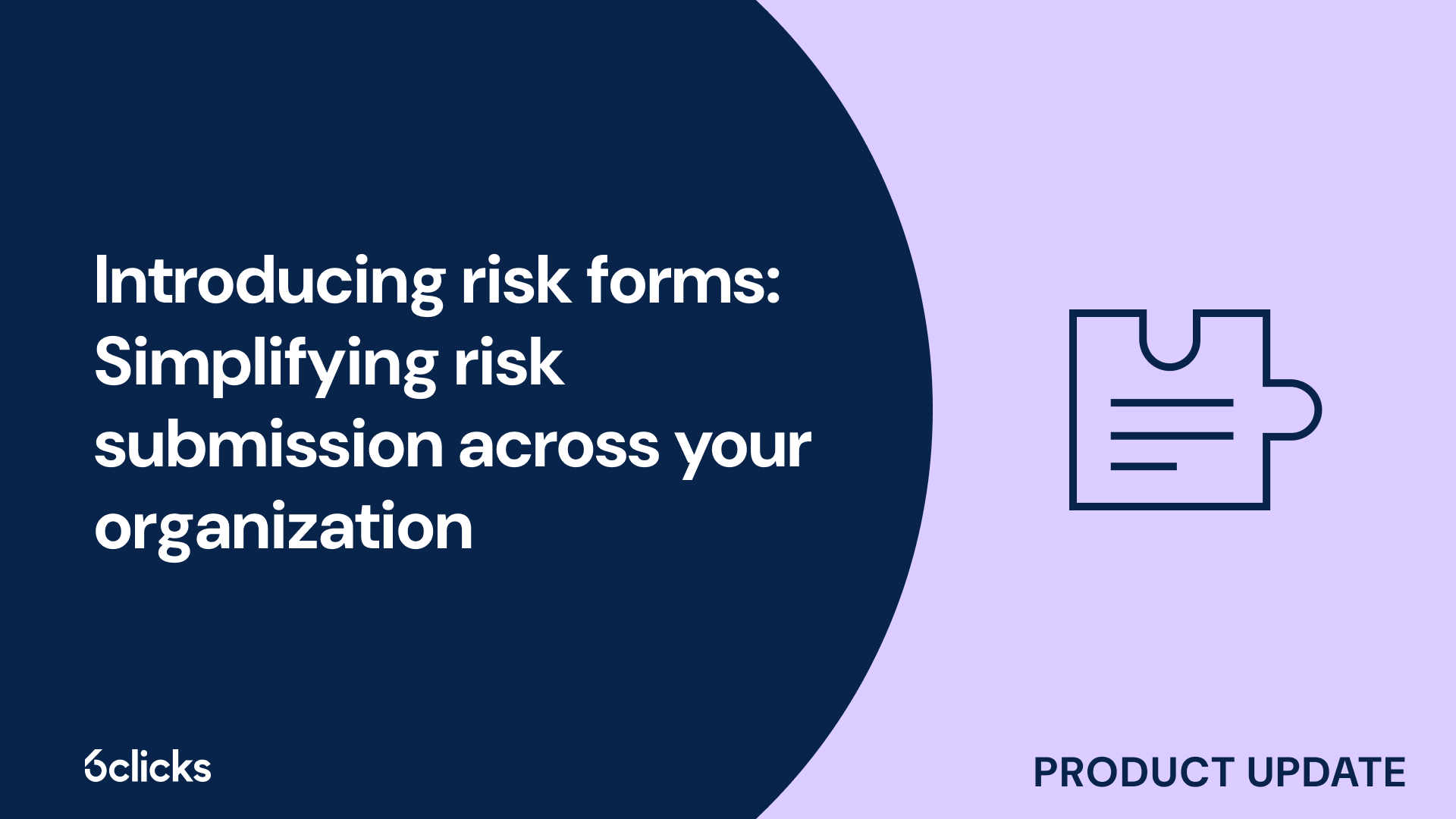The GRC buyer’s guide for 2025: Building resilience with AI-powered, federated solutions
Discover the ultimate GRC buyer's guide for 2025! Uncover how AI-powered, federated solutions transform compliance and security management for industries like government, aerospace, banking, and more. Learn about centralized control, continuous compliance, and advanced cyber GRC capabilities. Download now!
-1.png?width=200&height=249&name=Group%20193%20(1)-1.png)
The GRC buyer’s guide for 2025: Building resilience with AI-powered, federated solutions
What is the primary objective of operational risk management?
Operational risk management (ORM) is a crucial aspect of business strategy that helps organizations minimize losses, enhance efficiency, and maintain regulatory compliance. It involves identifying, assessing, mitigating, and monitoring risks that arise from internal processes, systems, people, and external events.
Understanding the primary objective of operational risk management
The primary objective of operational risk management is to reduce potential losses and ensure business continuity. By proactively managing risks, organizations can prevent financial loss, reputational damage, and regulatory penalties. ORM aims to create a resilient business environment where risks are identified and mitigated before they escalate into major disruptions.
Key aspects of the primary objective
1. Minimizing financial losses: One of the primary goals of operational risk management is to prevent financial losses caused by operational failures. These can include fraud, human errors, IT system failures, or supply chain disruptions. By implementing strong controls and risk management strategies, businesses can mitigate losses and enhance profitability.
2. Ensuring business continuity: Business continuity is a fundamental part of ORM. Organizations must prepare for potential operational failures and have contingency plans in place. Business continuity planning helps companies maintain their operations even in the face of unexpected disruptions such as cyberattacks, natural disasters, or system breakdowns.
3. Enhancing regulatory compliance: Compliance with industry regulations is essential to avoid penalties and legal actions. ORM ensures that organizations follow necessary compliance requirements, such as data protection laws, financial regulations, and workplace safety standards. Effective risk management systems help in adhering to these regulations while reducing the likelihood of compliance violations.
4. Protecting reputation: Reputational risk is a significant concern for businesses. Negative incidents such as data breaches, unethical practices, or operational failures can severely damage a company’s reputation. Operational risk management helps identify potential threats to a company’s reputation and implement measures to prevent such incidents.
5. Improving operational efficiency: ORM helps businesses streamline their processes and improve efficiency. By identifying and eliminating inefficiencies, companies can reduce waste, optimize resource allocation, and improve overall performance. This leads to cost savings and better service delivery.
6. Strengthening risk awareness and culture: A well-implemented ORM framework fosters a risk-aware culture within the organization. Employees become more vigilant and proactive in identifying and addressing risks. Training programs, clear policies, and regular risk assessments contribute to a risk-conscious workforce that helps prevent operational failures.
Summary
The primary objective of operational risk management is to reduce potential losses and ensure business continuity by identifying, assessing, mitigating, and monitoring risks. Effective ORM frameworks minimize financial losses, enhance regulatory compliance, protect reputation, improve operational efficiency, and strengthen risk awareness. By prioritizing operational risk management, organizations can safeguard their assets, maintain stability, and achieve long-term success in an increasingly uncertain business environment.
Implementing a strong operational risk management strategy is essential for organizations of all sizes. As risks continue to evolve, businesses must remain proactive in identifying and addressing potential threats to sustain growth and resilience.
With 6clicks' full-stack cyber GRC solution, you can manage enterprise, operational, and cybersecurity risks, regulatory compliance, and incident response, all in one platform. Achieve operational resilience with powerful registers for capturing, assessing, and tracking the remediation of risks and incidents, automated workflows for more efficient processes, and robust security management functionality for meeting regulatory requirements. Learn how 6clicks can help you streamline your operational risk management strategy.





